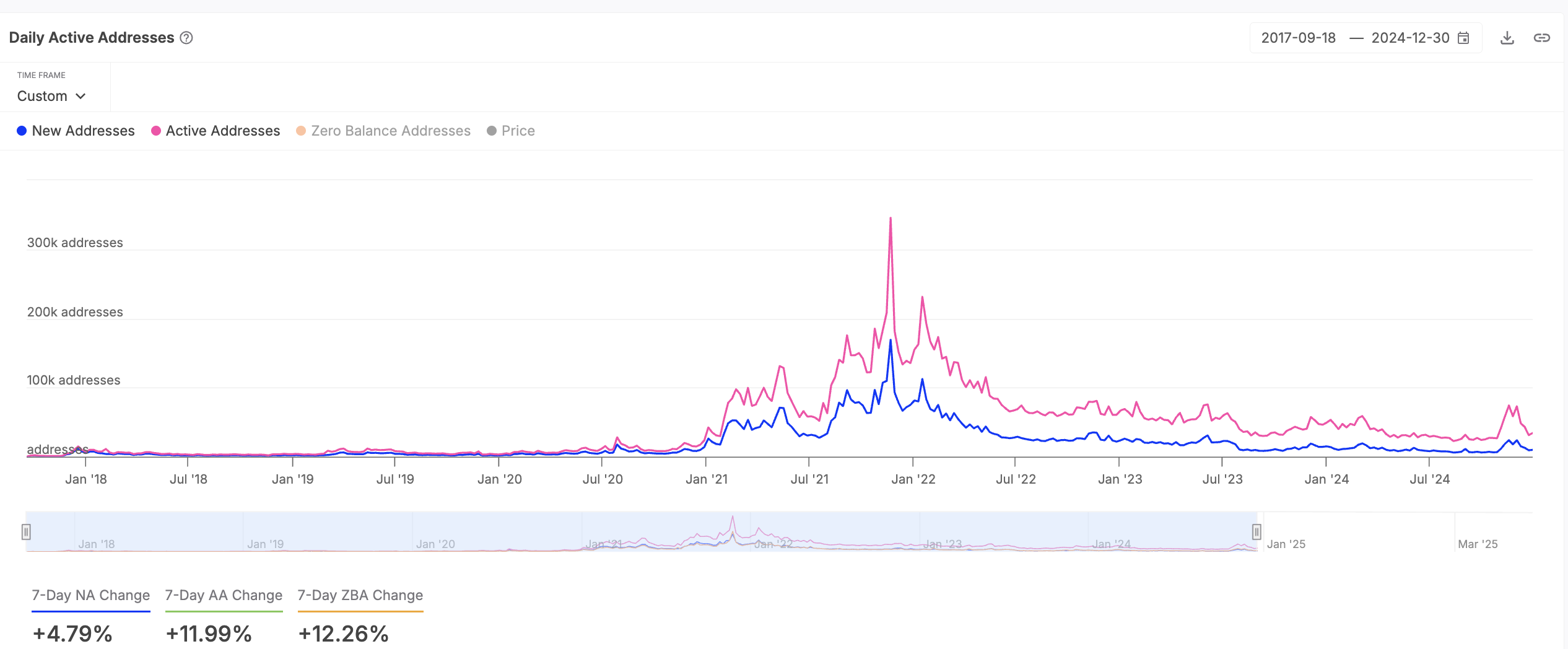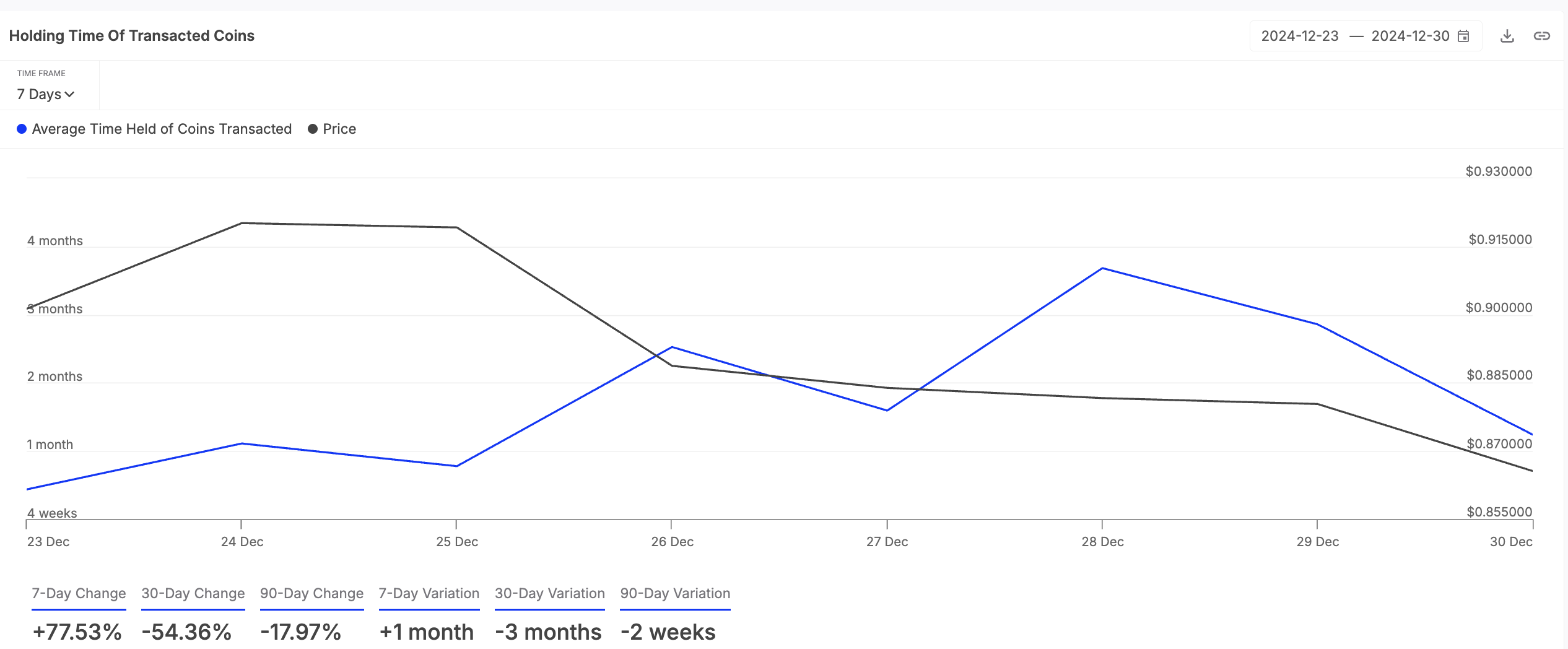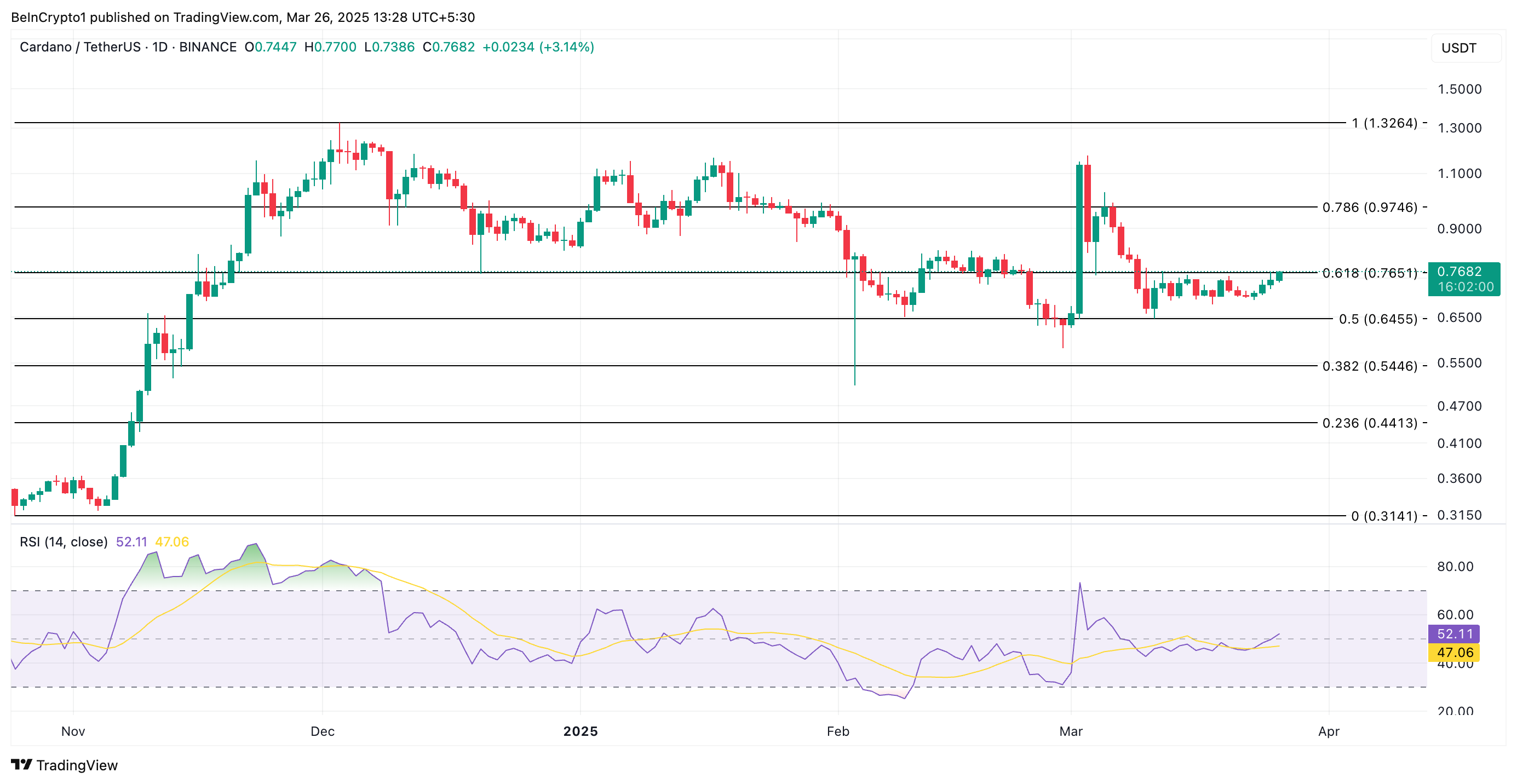Dragonchain’s DRGN rallied 115% today after the SEC dropped its 2022 lawsuit regarding securities violations. Walt Disney launched the project in 2014 and later converted it into an open-source blockchain.
The network combines private and public blockchain elements, allowing businesses to keep sensitive data private while leveraging public blockchains for verification. This design supports compliance with regulations like GDPR and HIPAA.
What is Dragonchain?
Dragonchain began as the “Disney Private Blockchain Platform,” developed by a team led by Joe Roets at Disney’s Seattle office. In 2016, Disney released the project as open-source software.
Following this, Roets and his team established the Dragonchain Foundation and Dragonchain Inc. to further develop and commercialize the platform. Since then, Disney has not been affiliated with the project.
The blockchain became extremely popular in 2016 because of its hybrid architecture and interoperability. Through its patented Interchain technology, Dragonchain enables integration with other blockchains such as Bitcoin and Ethereum, as well as legacy systems and APIs.
Dragonchain introduced disruptive blockchain innovation at a time when networks like Solana and Layer-2 didn’t exist. It demonstrated high transaction throughput, processing over 250 million transactions in 24 hours during a live demonstration in 2020.
Most notably, it was ahead of its time. The platform introduced quantum-resistant encryption methods to protect data against future quantum computing threats.
The SEC Lawsuit and $1 Billion Loss
The Walt Disney Corporation is not normally known for its Web3 endeavors, but it has shown interest in several sectors over the last few years.
When Disney controlled the project, it had no cryptoasset element, focusing on pure blockchain infrastructure. Shortly after its independence, however, the firm’s developers launched DRGN.
In October 2017, Dragonchain Inc. launched the DRGN token through an Initial Coin Offering (ICO), raising approximately $13.7 million. By January 2018, DRGN’s market cap surged to $1.3 billion.
In 2022, the SEC filed a lawsuit against Dragonchain, focusing on the ICO and alleging unregistered securities offerings. The DRGN token was central to the charges. This marked the beginning of a legally volatile period for the project.
Finally, today, on April 25, 2025, the SEC dropped the lawsuit as part of its wider efforts to reduce crypto enforcement.
The announcement sparked a rally in the DRGN market and renewed optimism within the project’s community. The token is up by 115% today and 180% since last week.
Over the last several weeks, Dragonchain’s social media presence has focused on both its blockchain utility and the SEC dismissal.

Although the crypto ecosystem has evolved significantly since the lawsuit began, Dragonchain continues to maintain its original commitment to enterprise use cases. It has resisted being labeled as a meme coin and instead emphasizes its enduring focus on practical blockchain applications.
The post Walt Disney’s Dragonchain Surges 100% After SEC Drops its Lawsuit appeared first on BeInCrypto.







